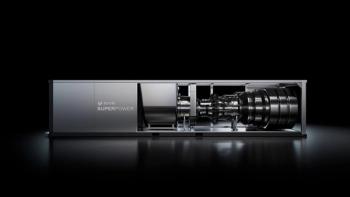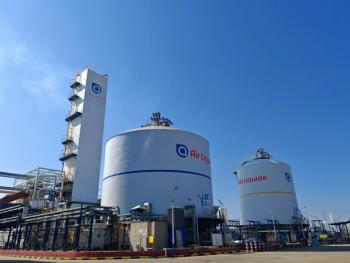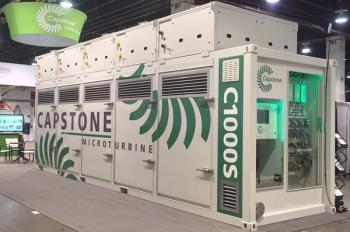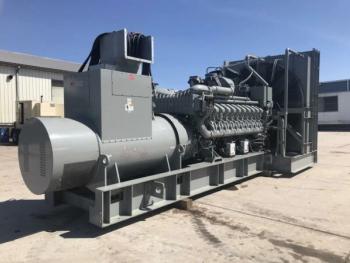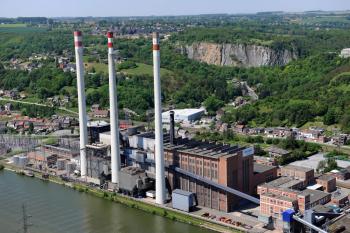
TurboTime Podcast: Part II: LNG Trends, Liquefaction, and More
Myth Busters Klaus Brun and Rainer Kurz discuss how liquefaction works and dive into trends like smaller production facilities.
In part II of the two-part podcast on LNG, Myth Busters Klaus Brun and Rainer Kurtz dive into how liquefaction works, why there are so many different ways to liquefy natural gas, and some trends in the sector, such as smaller production facilities, floating offshore vessels, and an overgrowth in the industry.
How does liquefaction work?
Brun: There are primarily two processes involved, and they aren't all that complicated. First, there's the reverse Rankine cycle. This cycle involves a phase change, which is similar to what occurs in a refrigerator or air conditioning unit. In this system, a refrigerant—such as propane or ethylene—flows through the cycle, and this process is also known as vapor compression. Typically, you have a compressor and a Joule-Thomson valve in this system. In theory, you could replace the Joule-Thomson valve with a liquid, and it is also possible to use a gas expander, although this is less common.
The second process is the ultra-reverse Brayton cycle, which operates solely with gas. This is akin to a gas turbine cycle in reverse, where you have both a compressor and an expander. This process can also utilize a Joule-Thomson valve, but it is more suited for a gas expander, as it provides a higher efficiency for energy removal. Generally speaking, gas vapor processes tend to be more compact because Brayton cycles are often more efficient. However, it's important not to generalize too much, as efficiency can depend heavily on the specific application.
Kurz: As Klaus has mentioned several times, achieving the right refrigeration temperatures in the cycle is crucial for closely matching the energy content of the gas being cooled. To do this, you typically select a specific refrigerant for the initial cooling phase—often propane or a mixed refrigerant. A mixed refrigerant is a combination of several gases designed to achieve a certain thermodynamic behavior.
In one or two stages, you can perform subcooling. This can be done using pure gases, such as ethylene for the first stage and methane for the second stage, or again, through a mixed refrigerant, which usually includes a blend of methane, ethylene, and propane, for example. This structured approach helps optimize the cooling process according to the desired outcomes.
Newsletter
Power your knowledge with the latest in turbine technology, engineering advances, and energy solutions—subscribe to Turbomachinery International today.

